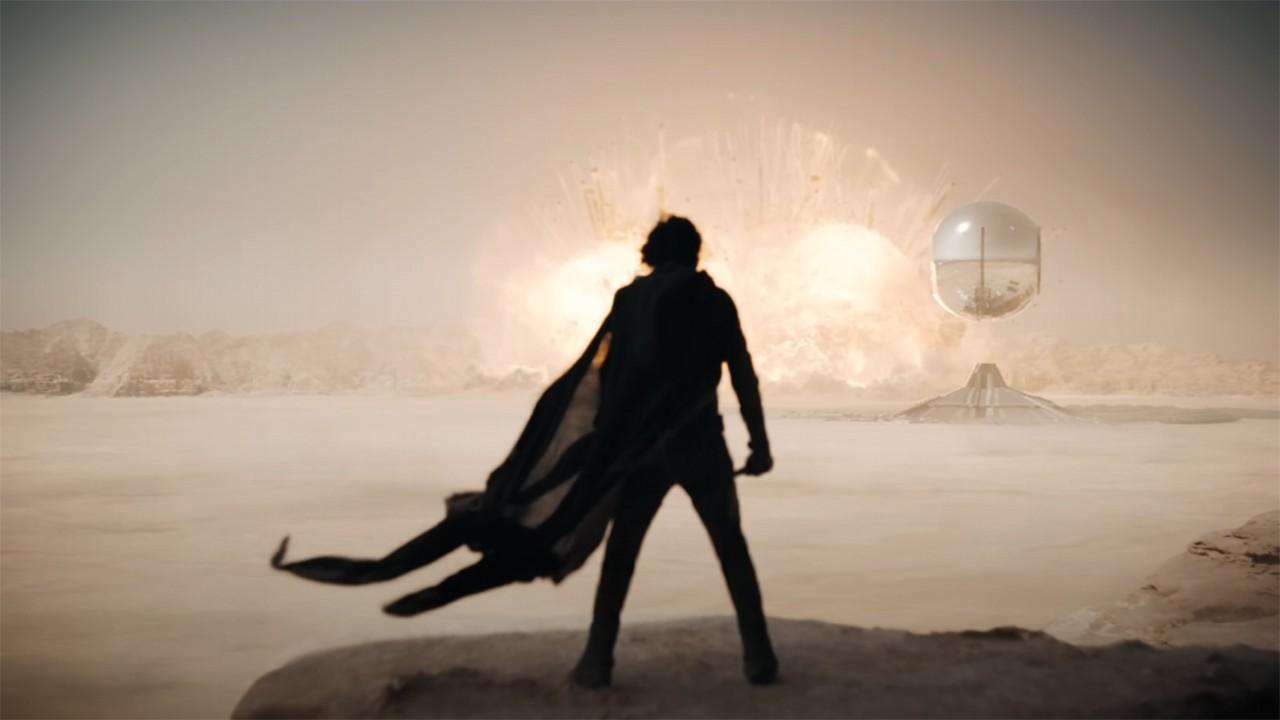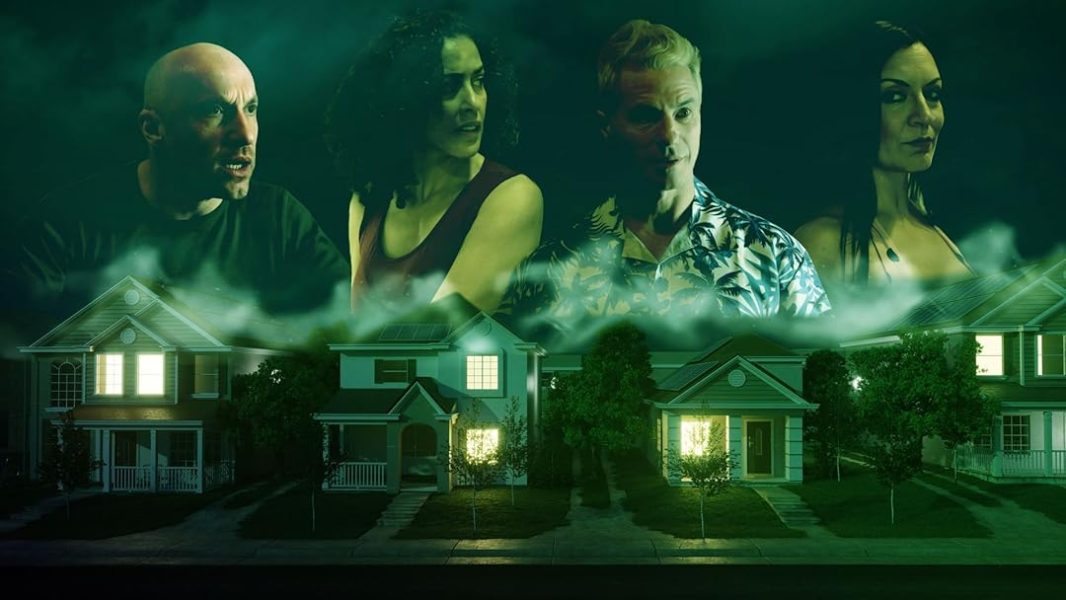Dune Part Two (2024): A Masterpiece You Have to See to Believe!

What happens when you combine brilliant, in-depth storytelling, breathtakingly beautiful cinematography and stellar sound design? You get director Denis Villeneuve. Best known for his work on Blade Runner 2049, Arrival and Prisoners, Villeneuve possesses great range as a filmmaker. And that lends itself in his award-winning film Dune (2021) sweeping the Oscars! With expectations from fans of the film and the source material set sky high, it’s no surprise that Villeneuve would up the ante. Does it pay off?
Following the events of the first film, Paul Atreides (played Timothee Chalamet) and his mother Lady Jessica (played by Rebecca Ferguson) aid the Fremen in taking out Harkonnen spice convoys. While on Arrakis, Paul and Chani (playued by Zendaya) develop a friendlship that soon evolves into romance when he decides to take up the Fremen way of life, even learning how to ride sandworms and mastering their “desert walk”. After becoming the Reverend Mother of Arrakis, Lady Jessica comes to fully trust in the prophecy that she and Paul will lead Arrakis to prosperity. She unites the northern people of Arrakis to rally behind Paul while the prophecy drives a wedge between Paul and Chani. Meanwhile, the Baron Vladimir Harkonnen (played by Stellan Skarsgaard) becomes increasingly hateful at the Fremen and Paul, wishing nothing but to end all life on Arrakis, sending the vicious and psychotic Feyd-Rautha (played by Austin Butler) to oversee Arrakis’ end.
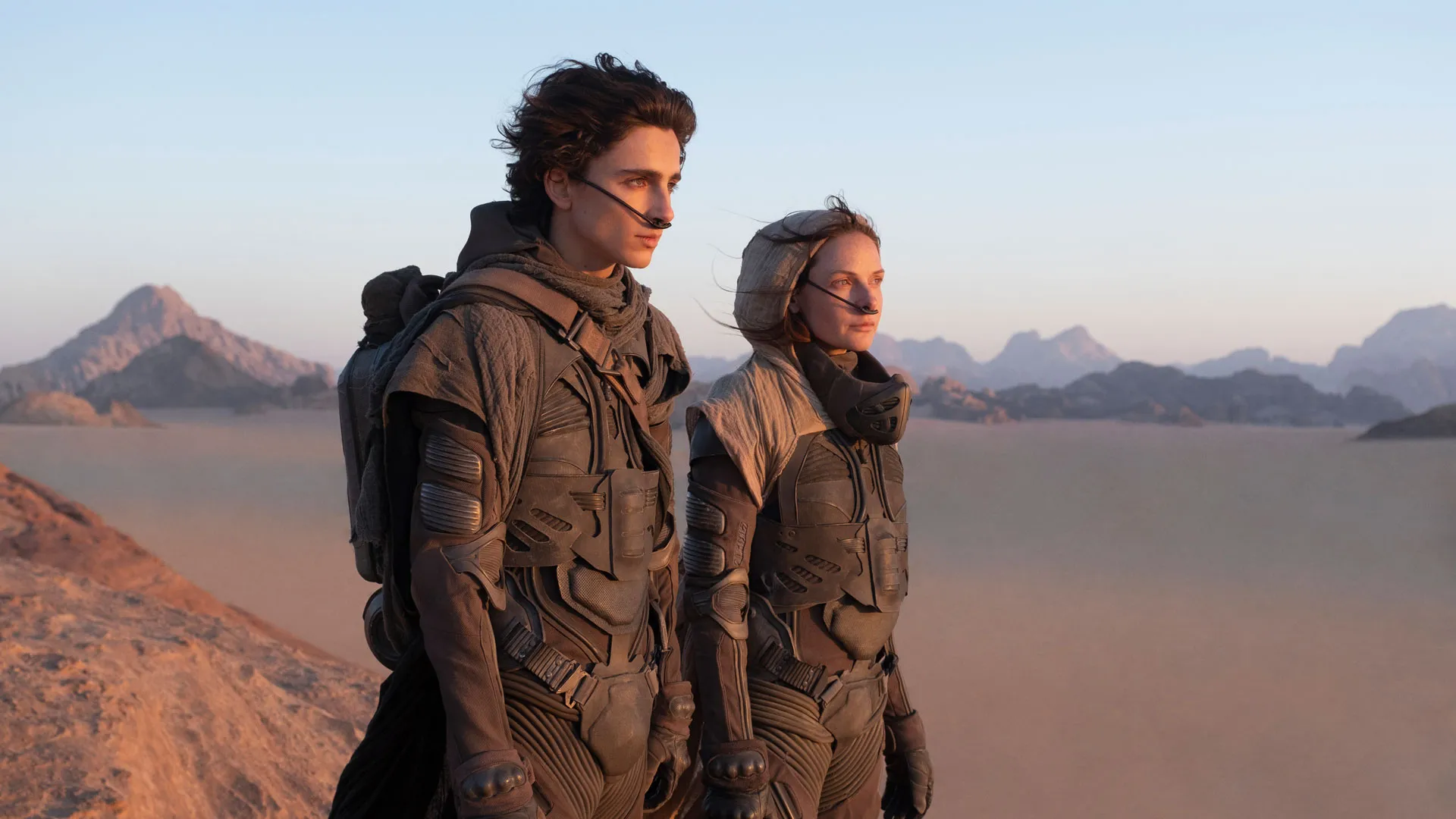
Villeneuve has stated that filmmaking has been tainted by television. More specifically, he does not care for dialogue rather he cares more for pictures. And with what I’ve seen from his films, he really capitalizes on that. From what I’ve seen, Villeneuve makes liberal use of wide and middle shots. While wide shots are usually used to establish setting, Villeneuve uses them to gauge the scope of a location’s depth, further immersing viewers into the world they’re in. For example, he frequently will cut from a close up of the characters interacting to a wide still shot of Arrakis to show how vast and empty the desert planet is. I can’t tell you how many times I got lost in the pure visual spectacle in his cinematography! With his first Dune film winning the Oscar for Best Cinematography, I’m very positive that we will see Dune Part Two getting an nomination and maybe even outright winning.
To complement his cinematography, Villeneuve’s usage of CGI especially for the worms of Arrakis never fails to amaze me. Every hair, every scale appears lifelike. But besides the CGI, I have to applaud Villenue’s use of color. If you thought the cinematography alone was enough to give you an idea of the scale of a setting, you’d be mistaken. Villeneuve makes sure every planet and location has a distinct color tone. The vast, hot deserts of Arrakis have a warmer tone, which makes the stark blue eyes of the Fremen stand out so much more, the planet of the Harkonnen is very black and whitre, reflecting their polarizing views and authoritarian beliefs. Finally we have Caladan, home of Paul Atreides, which appears as normal as expected, albeit with slightly muted colors reminiscent of a periodic drama, which makes sense since the leadership of Caladan resembles the monarchies of past. No planet is painted like the other and each one is easily differentiated from the other, never appearing generic as most sci-fi fantasy films often suffer from.
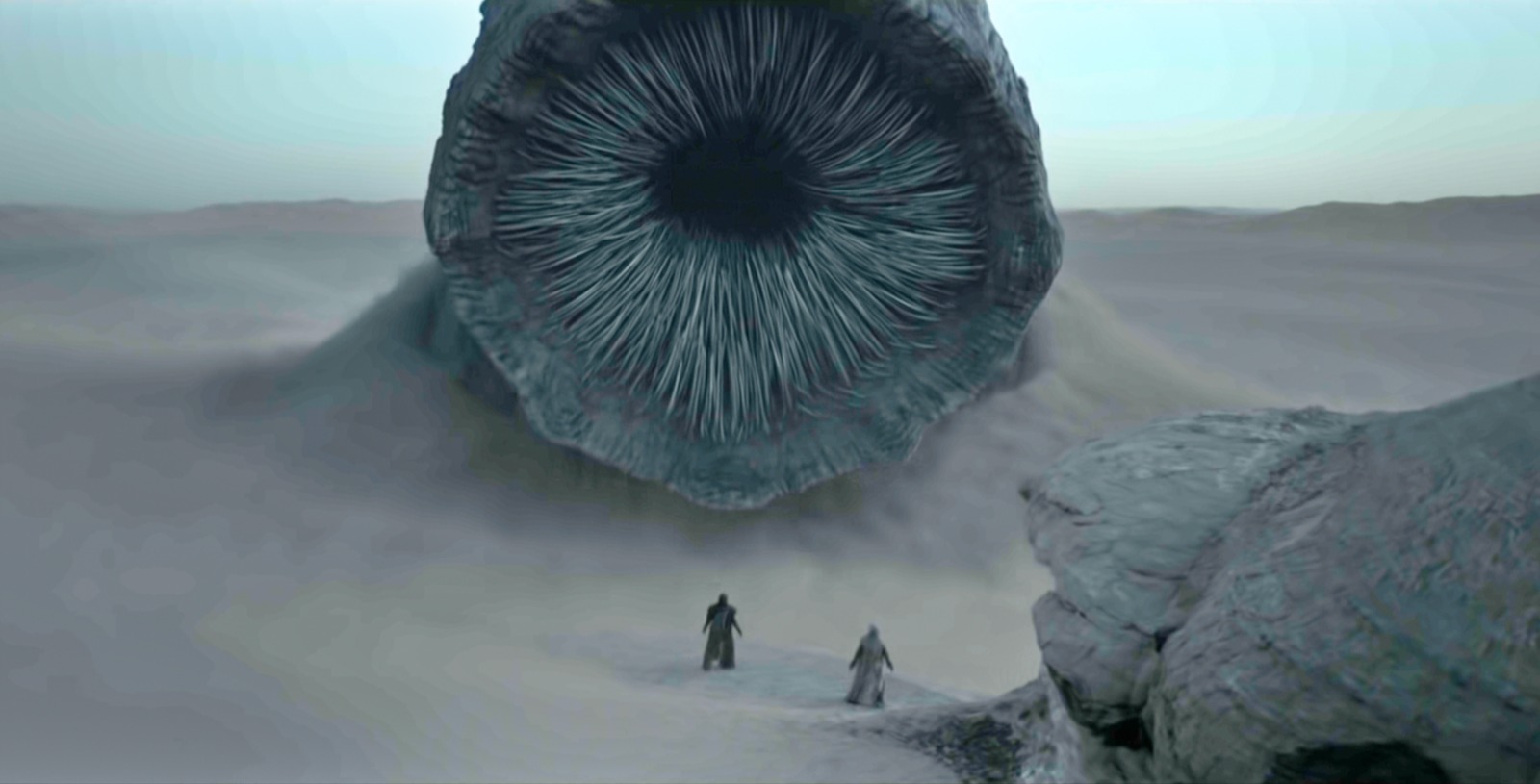
I didn’t think we’d have a heavier story than the first film, but I was wrong. If the first film was Paul’s hero arc into becoming the Messiah of the Fremen, then the second film can be best described as his villain arc. While he does become one of the Fremen, learning their ways of the desert, even being able to ride a sand worm, he takes this chance to claim power for himself. With his new-found power, he puts an end to the terror that the Harkonnens brought and leads the Fremen to wage war against HIS enemies. This embodies the phrase “you either die a hero or live long eough to become the villain.” When Paul survives drinking the “Water of Life”, he immediately embraced his fate in the prophecy to become “the one” and decides to eliminate those who stand against him.
This brings me to my next talking point: the power of prophecy. There are plenty of movies that involve a prophecy and a chosen one, but none really delve into this theme more than Dune: Part Two. Not only does Paul quickly embrace his destiny as “the one”, he lets that power get to his head to the point of becoming power drunk. He goes from wanting to fight beside and be equal to Chani, to wanting to go to war against the Great Houses. It certainly doesn’t help that his mom delves into the role of a full-blown cult leader and is helping him in his quest to wage war against his enemies. With only Chani standing against him, I’m really excited to see what how Villeneuve will offset Atreides’ character completion in the third and final installment.
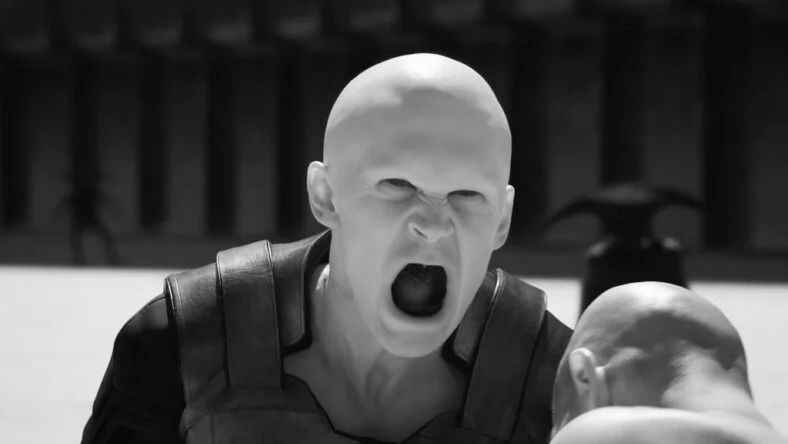
Now onto the bad. Remember how I said that Villeneuve doesn’t care for dialogue? Well it certainly shows. Albeit not completely awful, the dialogue did momentarily break immersion for me. Some lines even sounded rather cliche, as if you could see them coming a mile away. Does this make the film bad by any chance? No, far from it. But it is worth noting. Another point I’d like to address is the film introduces some characters who are extremely interesting on their own, but are not given enough screen time to become fully fleshed out. A great example of this is Austin Butler’s Feyd-Rautha. Psychotic and bloodthirsty, Feyd-Rautha is nothing short of magnetic and terrifying. He was so charismatic that I thought he would be built up to be the next big bad of the series. But alas, he was not.
Even though the near 3 hour long run time may be initially daunting, the film paces itself really well to the point where you don’t even feel like its been three hours. Villeneuve’s ability to hook you in and keep your attention is unparalleled. Buoyed by a stellar cast, visually powerful cinematography and a storyline that will keep you at the edge of your seat (assuming you didn’t drink too much soda), I will be watching the future of Denis Villeneuve’s Dune franchise with great interest. If you appreciate jaw-droppingly gorgeous cinematography and an epic fantastical ride full of twists and turns from beginning to end, then I cannot recommend Dune Part 2 enough!
